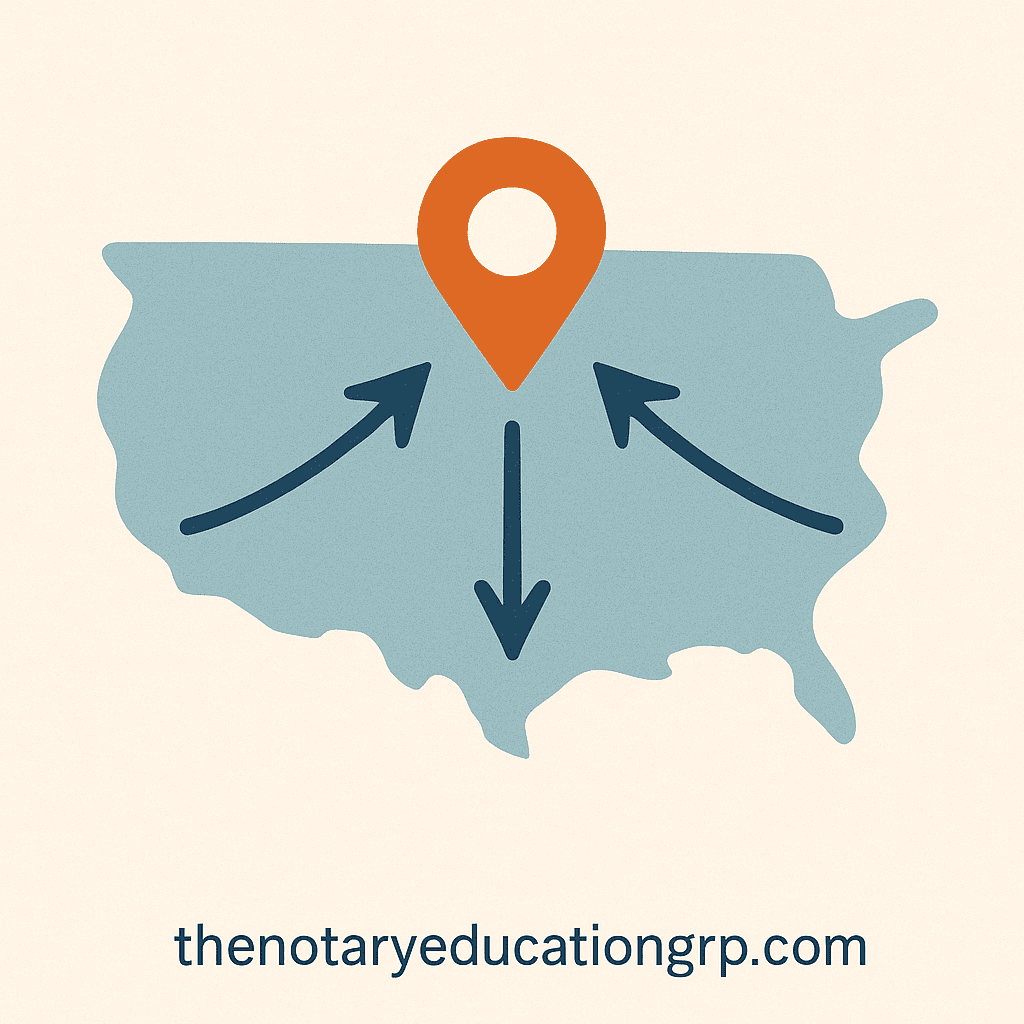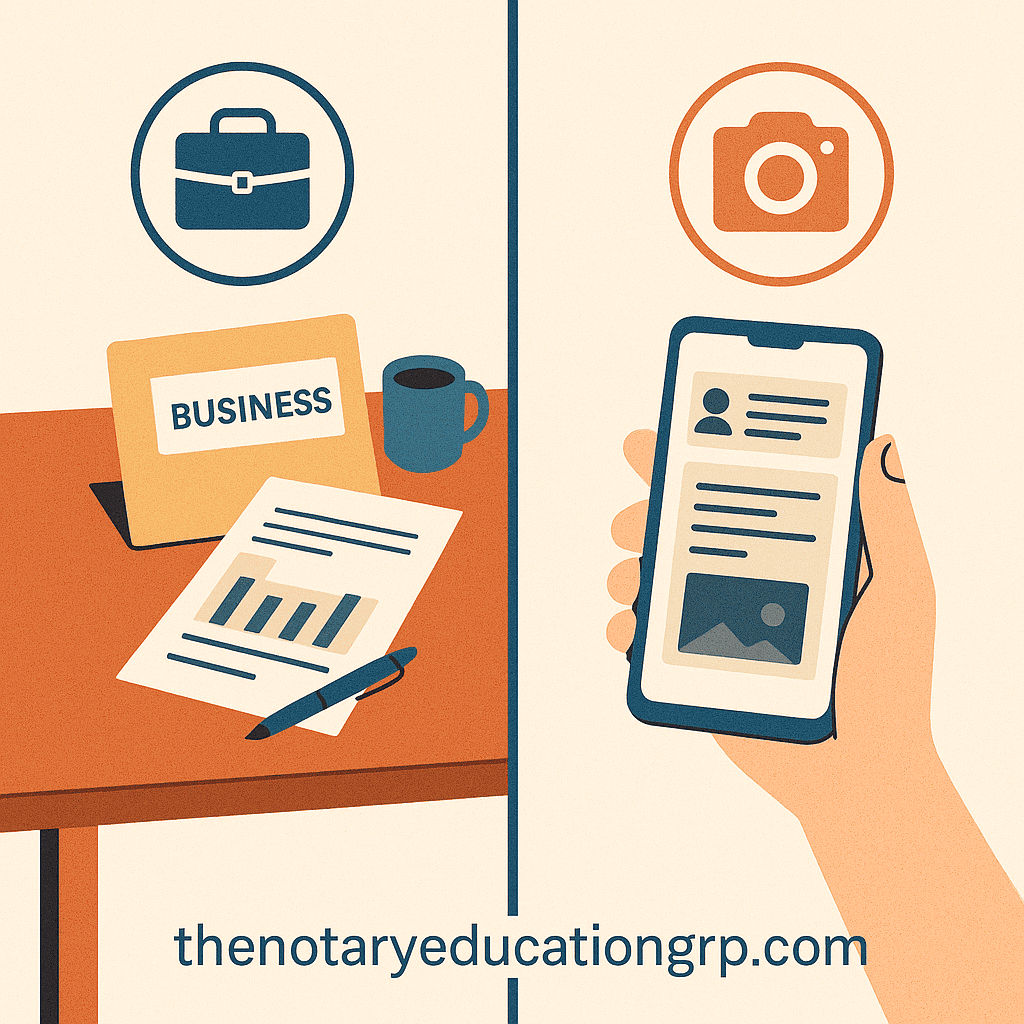Target Audience & Professionalism: Keys to Growing Your Business
When it comes to marketing, the truth is simple: not every business speaks to every audience. Depending on your industry, the success of your marketing depends heavily on how well you understand three key things:
Who your target audience is
What channels they use to discover businesses like yours
How they prefer to receive services
Without clarity in these areas, your marketing efforts will often feel scattered and unproductive. Let’s break down why these steps matter for your growth.

Start With Your Demographics
Your target audience is shaped by demographics such as:
Age – A younger audience may prefer text messages or social media engagement, while older audiences might value phone calls and in-person visits.
Financial status – Pricing and payment methods may need to adjust depending on whether your customers are budget-conscious or willing to pay more for premium service.
Education – How you explain your services may differ for professionals in industries like real estate or law compared to the general public.
Family size or lifestyle – Parents may prioritize convenience, while single professionals might value flexibility.
These differences mean that what works for one business may not work for another—even within the same industry.

Think Local Before Going Global
Too often, businesses jump into broad marketing campaigns without mastering their local market. But your community is your first audience, and it’s often where trust spreads fastest.
By focusing on your city, county, or region first, you can:
Build a reliable base of repeat clients
Refine your service delivery and customer experience
Collect testimonials and reviews that make future marketing easier
Once you establish a strong foundation locally, then you can confidently branch out to reach a broader or even global audience.

Choose the Right Channels
Different audiences use different channels to discover and interact with businesses. Ask yourself:
Do my customers search Google for my type of service?
Are they active on Facebook, Instagram, or LinkedIn?
Do they prefer referrals from local networking groups or word of mouth?
The goal is not to be everywhere, but to be where your people are.
Keep Business and Personal Separate
One of the most overlooked but critical aspects of long-term success is separation:
Online presence – Maintain professional business pages/accounts separate from personal ones.
Financials – Never mix personal and business funds. Use dedicated accounts, bookkeeping systems, and budgets.
Branding – Keep your personal opinions, personal photos, and casual interactions separate from your brand identity.
When you separate personal and business, you also gain a different type of interaction and respect from customers. Clients take businesses seriously when they see a professional structure in place. If you deliver or market too much on a personal level, the interaction can blur boundaries—leading to less regard for your business and even diminishing the respect you’ve worked to build.
Separation not only protects your credibility, it enhances how others perceive your value.



Final Thoughts
Marketing isn’t just about flashy ads or big budgets—it’s about strategy. When you know who your audience is, where they are, and how they want to be served, you make smarter decisions that lead to steady growth. Start local, choose the right channels, and keep business and personal life separate.
That separation doesn’t just protect your business—it elevates it, creating a space where customers respect you, trust you, and return to you again and again.

